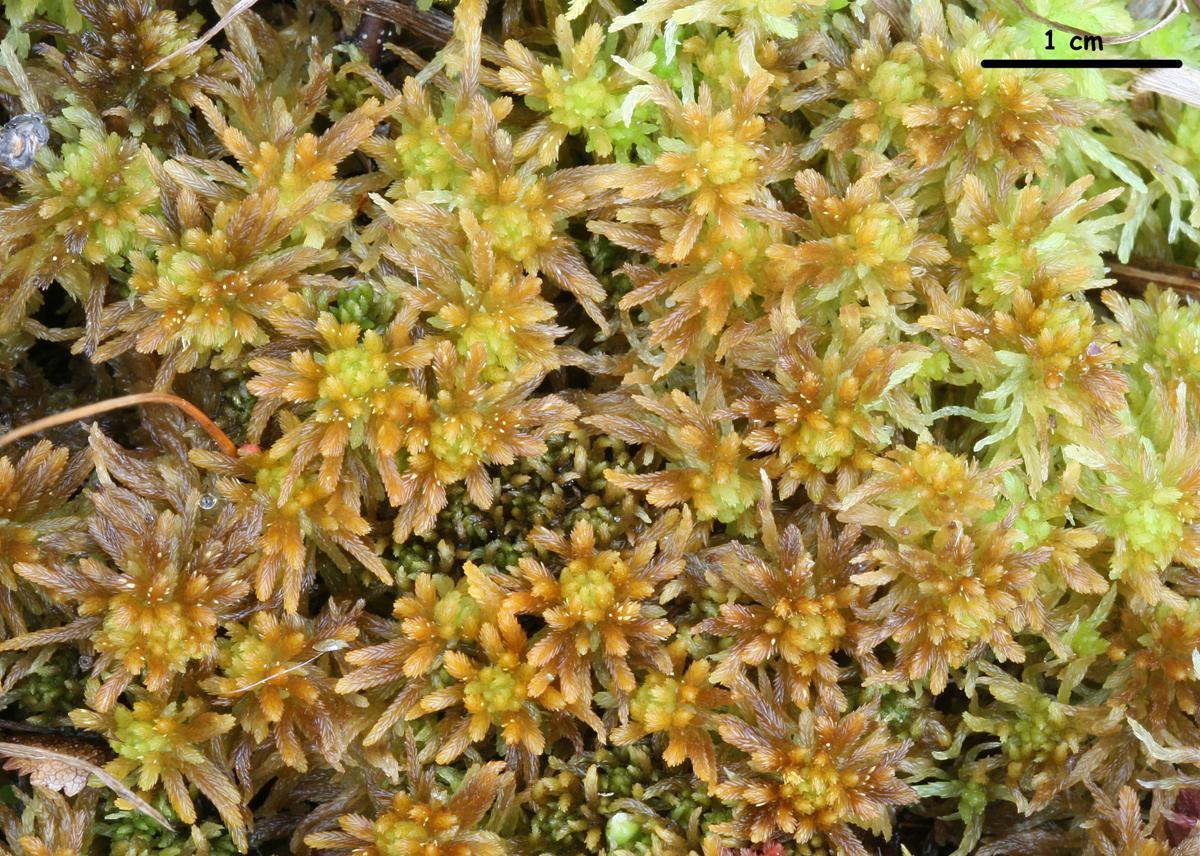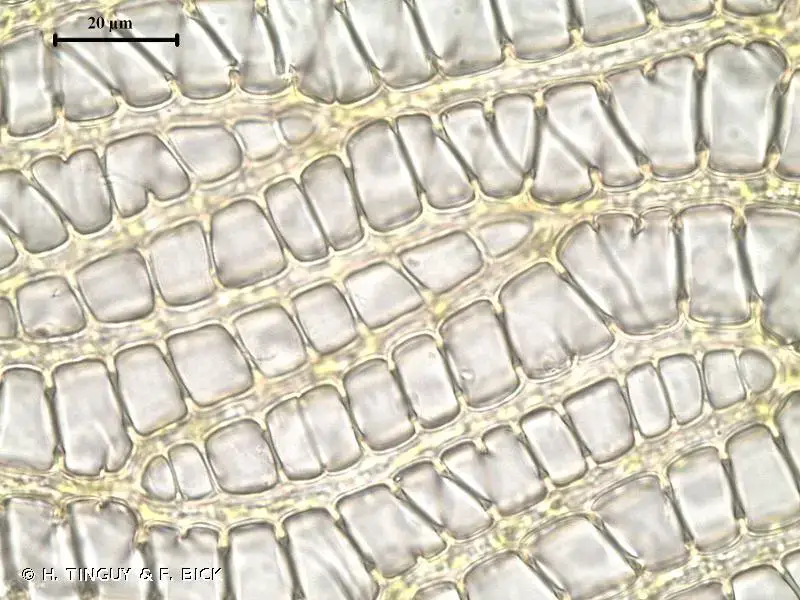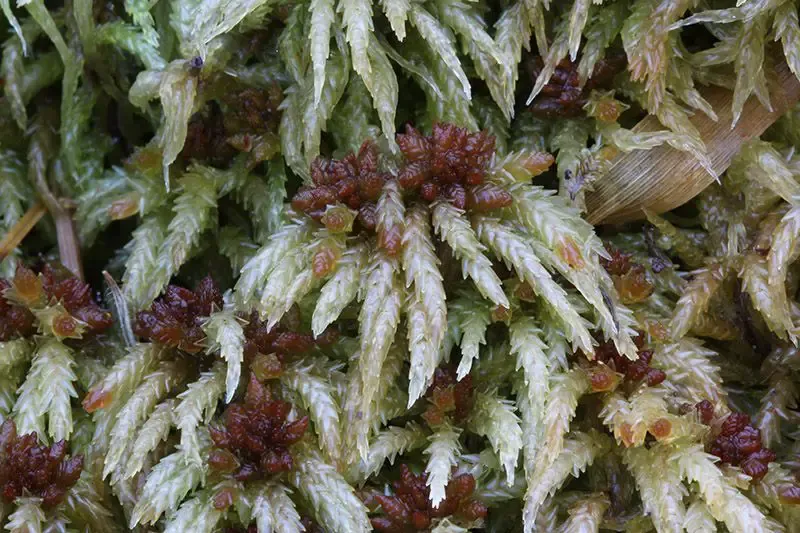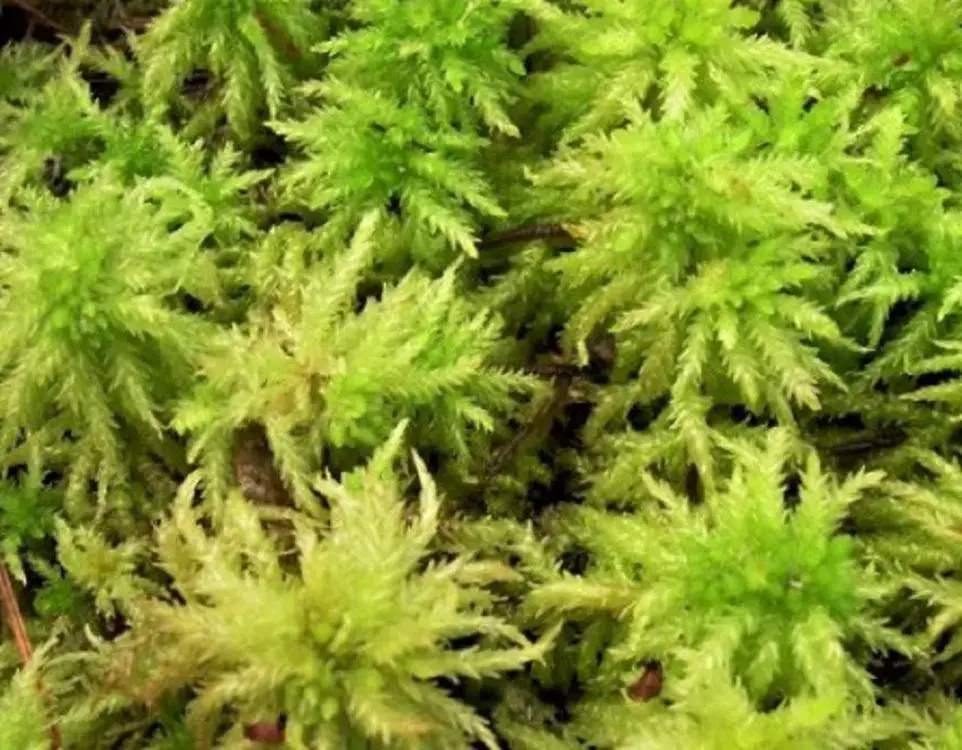
IMG_0103_647_balticumWEB.jpg from: https://bryophyteportal.org/portal/taxa/index.php?taxon=160917
Sphagnum balticum: The Fascinating Baltic Bog Moss
Introduction
Sphagnum balticum (Russow) C.E.O.Jensen, commonly known as Baltic bog moss, is a unique and ecologically important species of peat moss. This small but mighty moss plays a vital role in its native habitats across northern Europe and parts of Asia. Let’s dive in and learn more about this intriguing member of the
Sphagnum-balticum-Russow-CEOJensen-A-Inner-perichaetial-leaf-B-Antheridium.ppm from: https://www.researchgate.net/figure/Sphagnum-balticum-Russow-CEOJensen-A-Inner-perichaetial-leaf-B-Antheridium_fig4_359508405
Sphagnaceae family.
Background
Sphagnum balticum is a species of

249291.jpg from: https://inpn.mnhn.fr/espece/cd_nom/6763
moss belonging to the class Sphagnopsida in the phylum Bryophyta. Peat mosses like S. balticum are known for their ability to hold large amounts of water and create acidic, nutrient-poor environments called bogs and fens. These unique wetland habitats are home to rare and specialized plants and animals.
Morphology and Identification
S. balticum is a small to medium-sized moss, typically growing in dense clumps or carpets. Its stems are slender and branch sparingly. The leaves are small, oval-shaped, and typically pale green to yellowish in color. Under a microscope, the leaf cells are a key identifying feature – they have characteristic pores and spiral fibrils.
One unique adaptation of S. balticum and other peat mosses is the presence of special water-holding cells called

316eafba05cdc76cb2719d24eba41c55.jpg from: https://www.asturnatura.com/especie/sphagnum-centrale.html
hyaline cells. These dead, hollow cells allow the moss to absorb and retain large quantities of water, giving peat mosses their spongy texture.

sphagnum-moss.jpg from: https://gohiking.ca/plants/coastal-plants/moss/sphagnum-moss/
Global Distribution and Habitat
S. balticum is found primarily in northern Europe, including Scandinavia and the Baltic region, as well as parts of northern Asia. It grows in a variety of wetland habitats, including bogs, fens, and poor fens.
These habitats are characterized by waterlogged, acidic soils that are low in nutrients. S. balticum is often a dominant species in these environments, forming extensive carpets along with other peat mosses and specialized wetland plants like sedges and carnivorous sundews.
Ecological Roles and Adaptations
As a key species in bog and fen ecosystems, S. balticum plays several important ecological roles:
Peat formation: As S. balticum and other peat mosses grow and die, their partially decomposed remains accumulate as peat. Over thousands of years, peat deposits can become several meters thick, storing large amounts of carbon.
Water retention: The exceptional water-holding capacity of S. balticum helps regulate water levels in wetlands, reducing flooding and maintaining moisture during dry periods.
Habitat creation: The dense growth of S. balticum creates microhabitats for a variety of specialized plants, insects, and other bog-dwelling organisms.
Nutrient cycling: S. balticum and other peat mosses absorb nutrients from rainwater and release them slowly, helping to maintain the nutrient-poor conditions that bog plants are adapted to.
To thrive in the harsh conditions of bogs and fens, S. balticum has several key adaptations:
- Acidic habitat tolerance: S. balticum can tolerate and even create highly acidic conditions (often pH 3-4) that exclude many other plants.
- Nutrient capture: With no roots, peat mosses rely on their leaves to absorb nutrients directly from rainwater and dust. Special cells help them efficiently capture and store these scarce resources.
- Moisture retention: The water-holding hyaline cells and dense growth form of S. balticum help it resist drying out, even as the water table fluctuates.
Conclusion
From its tiny leaves to its global ecological impact, Sphagnum balticum is a truly remarkable moss. Its ability to create and thrive in the unique conditions of bogs and fens is a testament to the incredible adaptations of plants to their environments.
The next time you have a chance to visit a northern bog, take a moment to appreciate the small but mighty balticum and its fellow peat mosses quietly working to shape these fascinating ecosystems. What other secrets might these ancient plants hold?